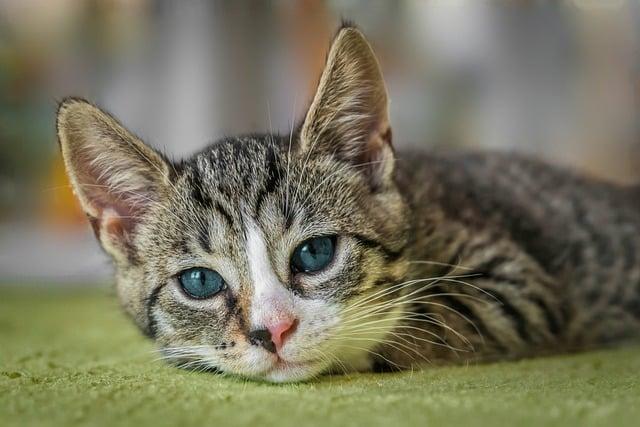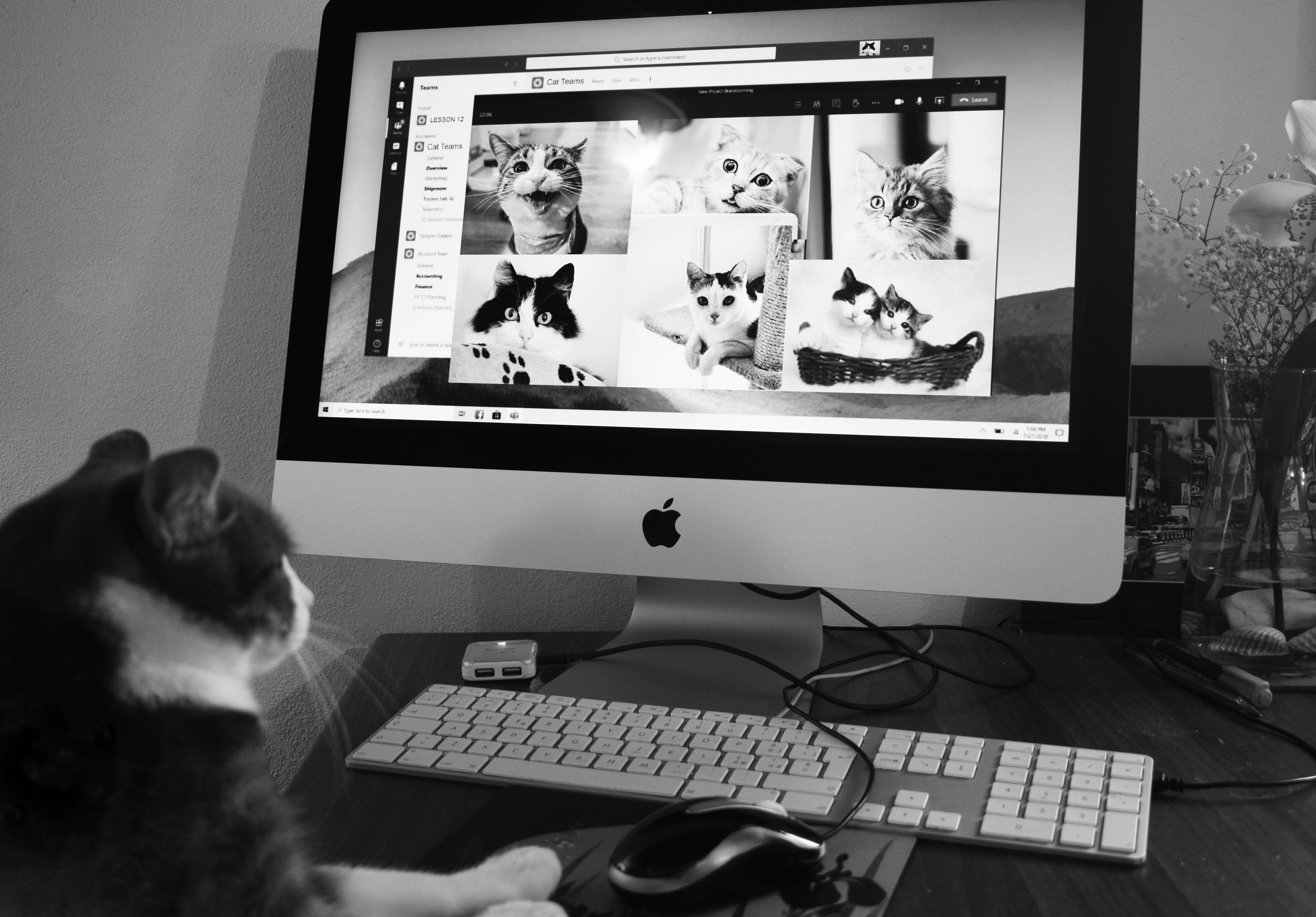Are Cats More Independent Due to Evolution or Behavior

Cats have long been celebrated for their enigmatic personalities and self-reliant nature, leaving many pet owners and animal enthusiasts pondering whether these traits are a result of evolution or learned behavior. As you watch your feline friend elegantly maneuver through the world with an air of quiet confidence, it’s natural to wonder what has shaped their seemingly independent spirit. Are cats truly more independent than other domestic animals because of their evolutionary history, or is it their behavior and environment that cultivate this trait? In this article, we will explore the fascinating journey of cats from their wild ancestors to the beloved companions we know today, delving into the roles that both evolution and behavior play in crafting the unique independence of our feline friends. Join us as we unravel the mystery behind this quintessentially cat-like characteristic and gain a deeper understanding of our purring partners.
Understanding Feline Independence Through an Evolutionary Lens
In the wild tapestry of evolution, cats have carved out a niche that uniquely blends independence with adaptability. These enigmatic creatures, unlike their canine counterparts, have not been subjected to the same level of selective breeding for specific tasks or companionship. Instead, their ancestors, the African wildcats, evolved as solitary hunters. This evolutionary backdrop has imbued domestic cats with a strong sense of autonomy, as they retain many behaviors of their wild forebears. Traits such as:
- Stealth and agility – essential for solitary hunting.
- Territorial instincts – vital for survival in the wild.
- Self-sufficiency – the ability to thrive without constant human intervention.
Moreover, the social structure of early feline societies, where individual survival often took precedence over pack mentality, further honed their independent streak. This contrasts sharply with the domestication path of dogs, which were bred for collaboration and compliance. Thus, when examining the modern house cat’s behavior, it’s clear that their penchant for independence is not merely a quirk of personality but a deeply ingrained evolutionary trait. Understanding this evolutionary history can help cat owners appreciate the unique nature of their pets and nurture their independence while providing the affection and care they need.

Behavioral Traits That Shape a Cats Self-Reliance
Cats have developed several behavioral traits that contribute to their self-reliance, making them fascinating companions. These traits are often a result of both instinctual and learned behaviors, influenced by their wild ancestors and domesticated experiences. Hunting Skills are a prime example, where even well-fed domestic cats exhibit stalking and pouncing behaviors reminiscent of their wild relatives. This innate ability allows them to fend for themselves when necessary.
Moreover, cats display a strong sense of territoriality, often marking their surroundings with scent glands located on their cheeks, paws, and tails. This behavior not only establishes their domain but also provides them with a sense of security and familiarity, which is crucial for their independent nature. Additionally, cats are known for their self-grooming habits, which keep them clean and free from parasites, further showcasing their ability to care for themselves. These behaviors, combined with their solitary hunting prowess, underscore their independence and adaptability in various environments.
 Environment in Shaping Independent Behaviors”>
Environment in Shaping Independent Behaviors”>
The Role of Environment in Shaping Independent Behaviors
The surroundings in which a cat is raised play a significant role in shaping its autonomous nature. Cats that grow up in environments where they have access to outdoor spaces or are allowed to explore various settings often develop stronger independent behaviors. Freedom to roam, climb, and hunt can enhance their problem-solving skills and self-reliance. In contrast, cats raised in more confined or controlled environments might exhibit different levels of independence, often relying more on human interaction for stimulation and sustenance.
Several environmental factors contribute to this behavioral development:
- Exposure to diverse stimuli: Interaction with different textures, sounds, and sights can encourage exploration and confidence.
- Socialization opportunities: Interactions with other animals and humans can influence a cat’s comfort in exploring on its own.
- Space and freedom: Environments that allow for free movement and personal territory help foster self-sufficiency.
Ultimately, the environment acts as a catalyst, refining and sometimes amplifying the natural instincts that cats have inherited through evolution.

Tips for Nurturing Your Cats Independent Nature
Cats have a unique charm with their blend of independence and affection. To foster this independent spirit while ensuring they feel loved and secure, consider the following strategies:
- Provide a Safe Environment: Cats need a space where they feel safe to explore. This includes having cozy spots to retreat to, like a cat bed or a perch by the window.
- Encourage Exploration: Rotate toys regularly and introduce new objects to keep their curiosity piqued. Interactive toys can stimulate their hunting instincts, offering both mental and physical engagement.
- Respect Their Space: Cats often enjoy solitary time. Allow them to approach you on their terms and avoid forcing interaction. This builds trust and reinforces their independent nature.
- Provide Routine: Cats thrive on routine. Regular feeding times and consistent daily activities give them a sense of stability while respecting their need for autonomy.
By understanding and supporting your cat’s natural instincts, you can create a harmonious balance between independence and companionship.



